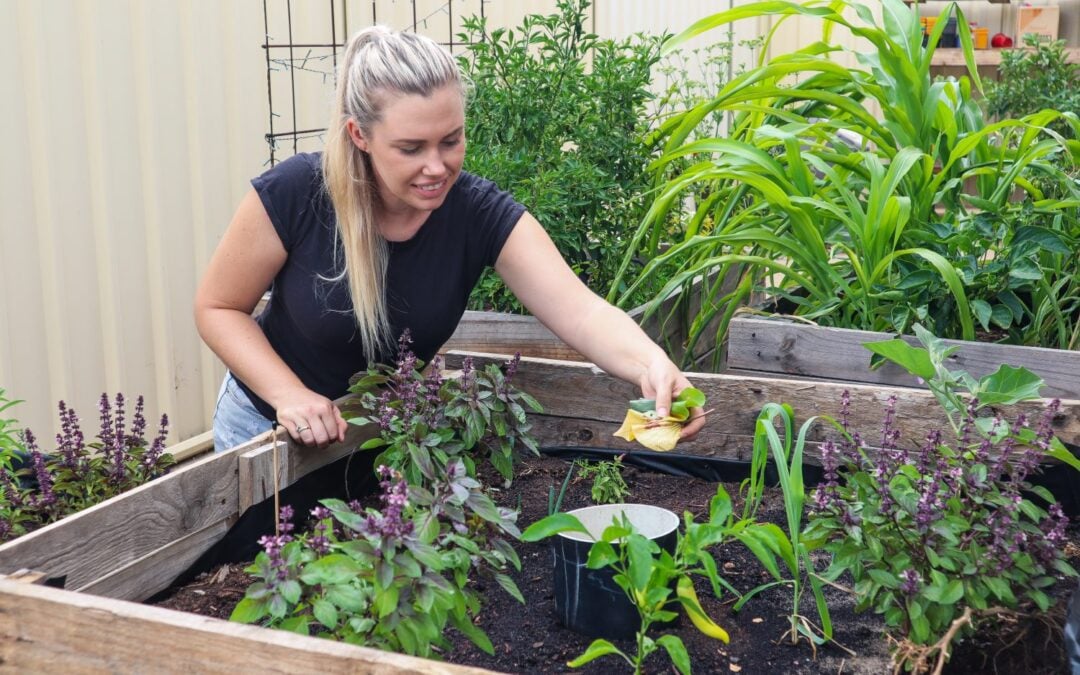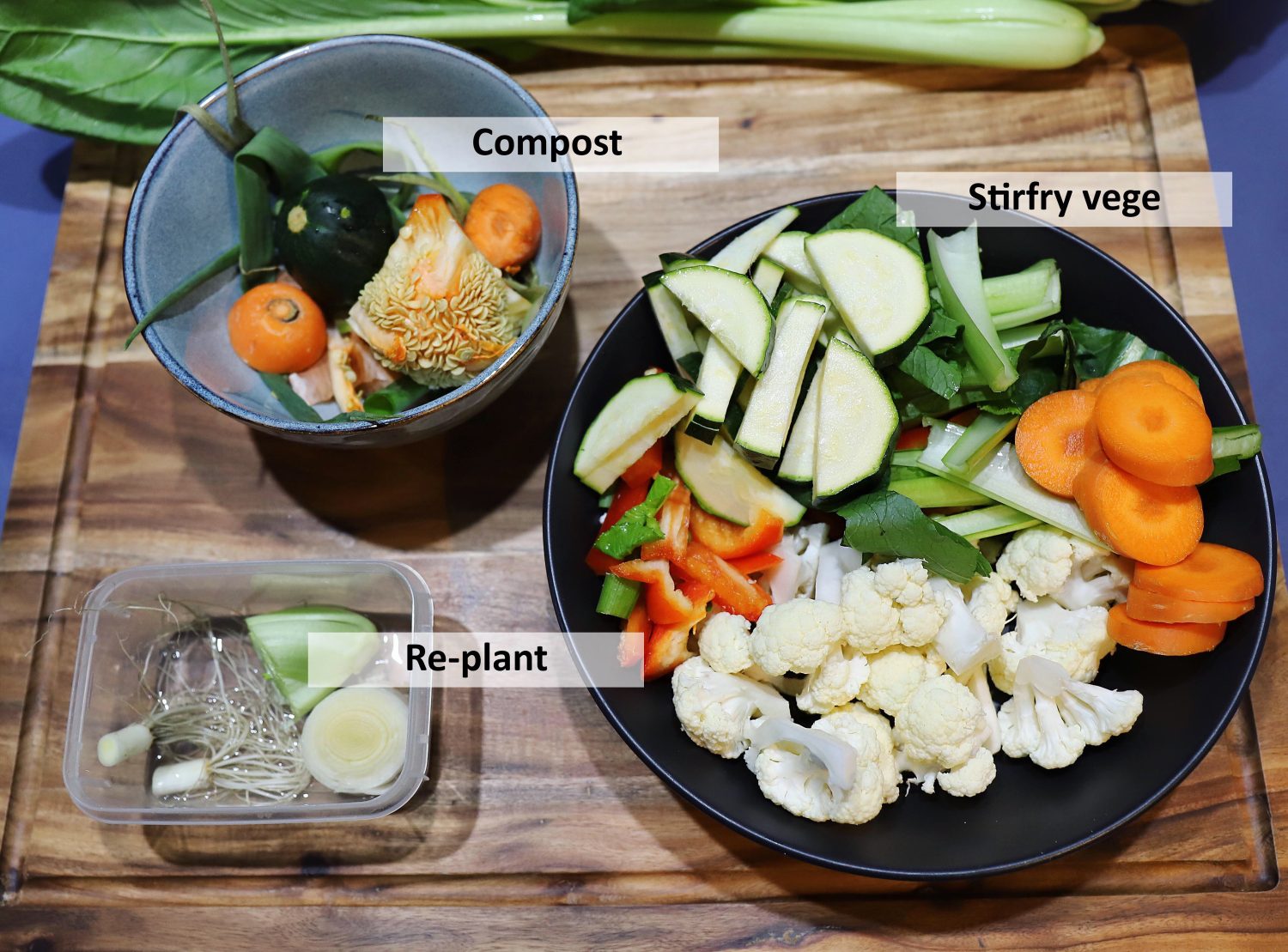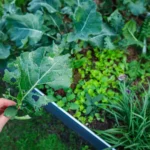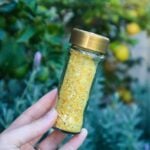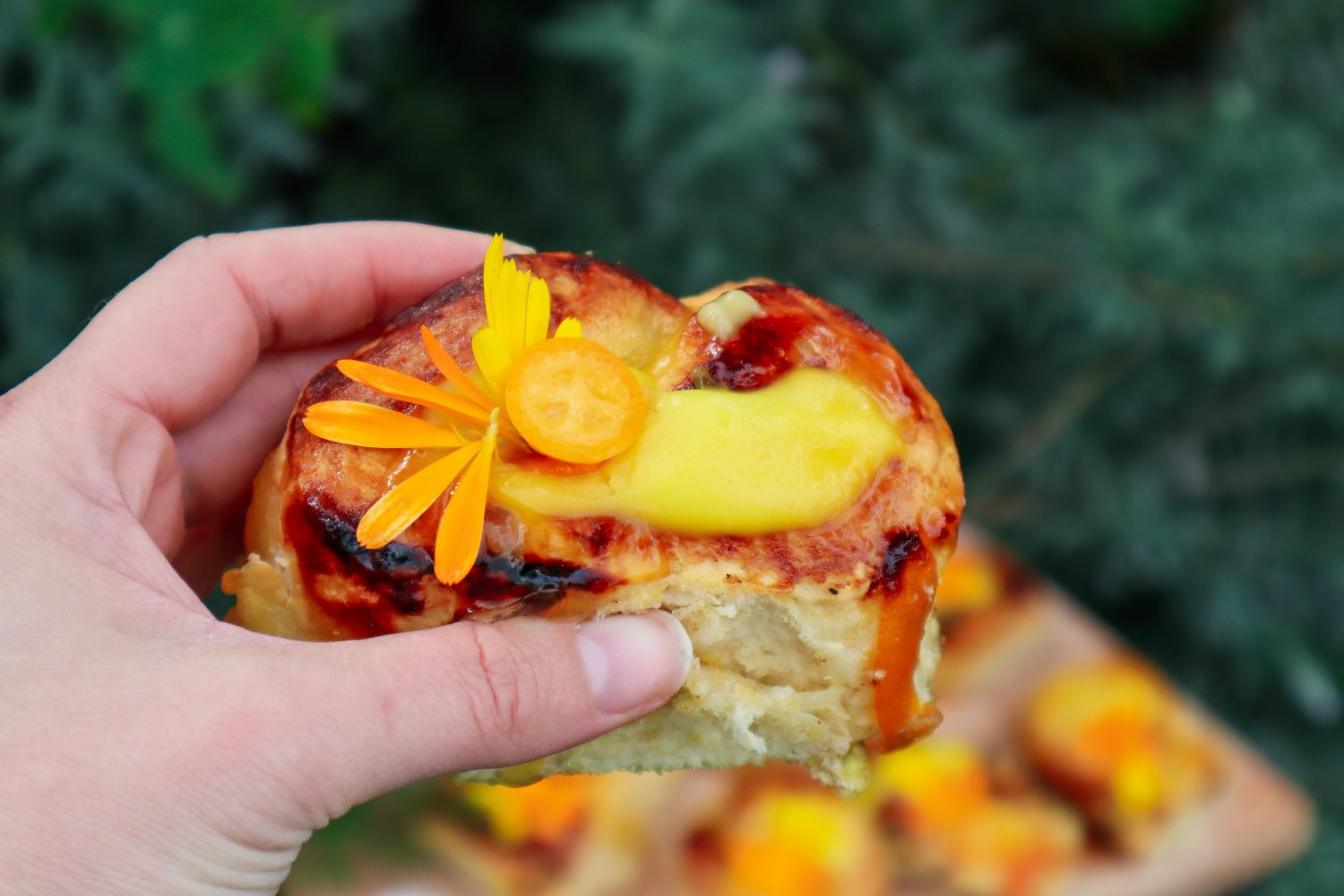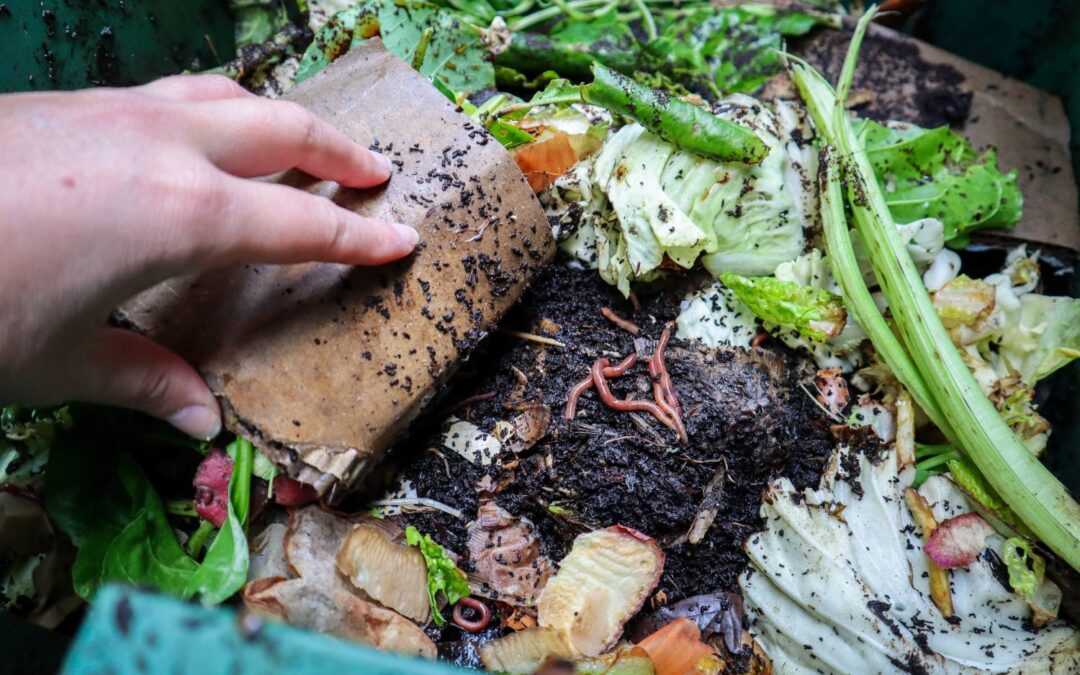
Setting up a Backyard Worm Farm
Worms are an amazing addition to a self-sufficient homestead as they turn scraps into nutrient-rich organic fertilizer to help you grow more food. Creating a sustainable lifestyle is all about taking small steps and changes to close the loop and nurture thriving ecosystems. You don’t have to do it all at once and I highly recommend starting small, mastering a manageable garden, and then start adding layers one by one. If you overwhelm yourself and don’t have habits and systems in place it won’t be sustainable long term and you can end up with unproductive chaos.
Click to watch a warm farm tour
Tips for setting up a backyard worm farm
1. Source a Worm Farm or Home for your Worms
There are many options for backyard worm systems from kit-set to DIY. You will also more than likely be able to pick up a second-hand worm farm so keep an eye out on your local listings and marketplace. Be mindful of your local climate and do a little research. In Perth, Australia, we have extremely hot summers that reach over 40 degrees. Cool shady locations are a must for worms. If you do live in a hot climate there are some great DIY options using old fridges and freezers to offer more protection. This is something I will be creating very soon!
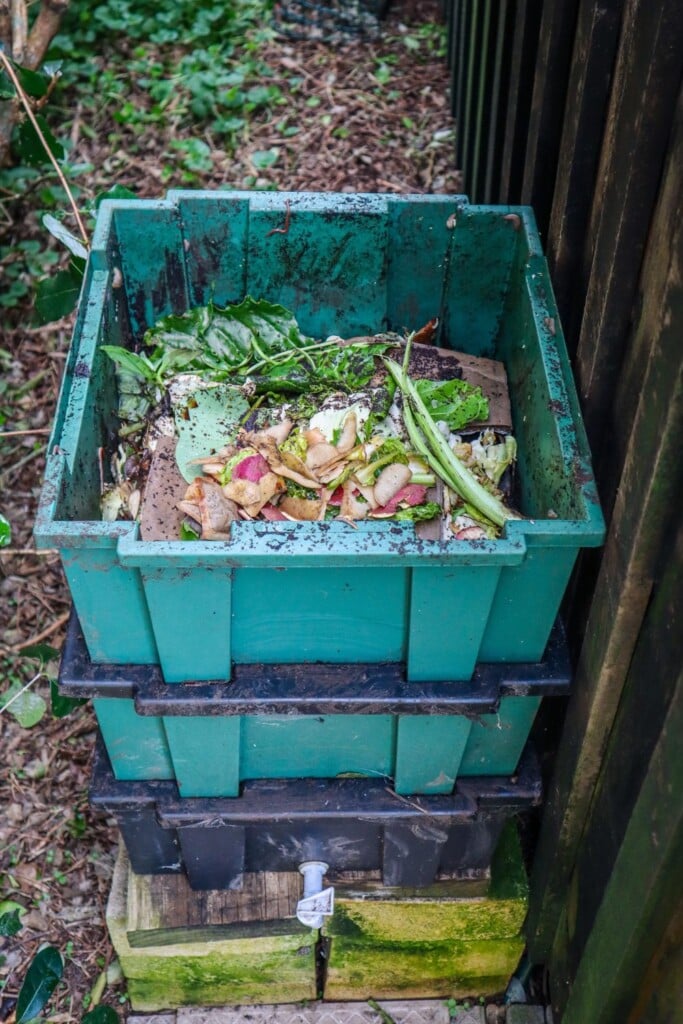
2. Choose a Location
Choose a location for your worms that is out of direct sunlight and is well protected. On the flip side if you get snow or cold temperatures you would need to make sure you can bring your worm farm somewhere warmer.
The other important consideration to make is to keep it close and convenient. Worms like to be fed a little and often so you don’t want them down the back of your property where they may get forgotten about. Permaculture zone 1-2 would be great or have them located on a path that you frequent regularly. For example: on the way to the chicken coop or the washing line. Having things in convenient locations is the absolute key to being consistent and having systems in place that easily become habits means you don’t even have to think about it just becomes part of everyday life.
3. Source Composting Worms
There are many times of worms in your garden and they all play different roles so it’s important to get the right worms for your worm farm to make sure they are happy and thriving. Tiger worms are a popular type of worm for this system and can be purchased at many plant nurseries or hardware stores that sell worm farms. You may also be able to get set up with worms from friends that have their own form farms established.
4. What to Feed your worms
Feed your worms little and often! Be consistent.
What to feed: Coffee grinds, tea leaves, vegetable scraps, egg shells, banana peels, shredded paper or cardboard, dried leaves, greens, vacuum dust, and hair. The more variety the better as this will help keep a balanced pH. Add a little sprinkle of soil when you feed as the grit can help the worms break down the scraps. Keep the food scraps in smaller pieces if possible.
What to avoid feeding your Worms?
Avoid citrus, garlic, or the onion family as this will create an acidic environment that will harm the worms. No meat – as this can create bad bacteria and attract rats and other unwanted pests.
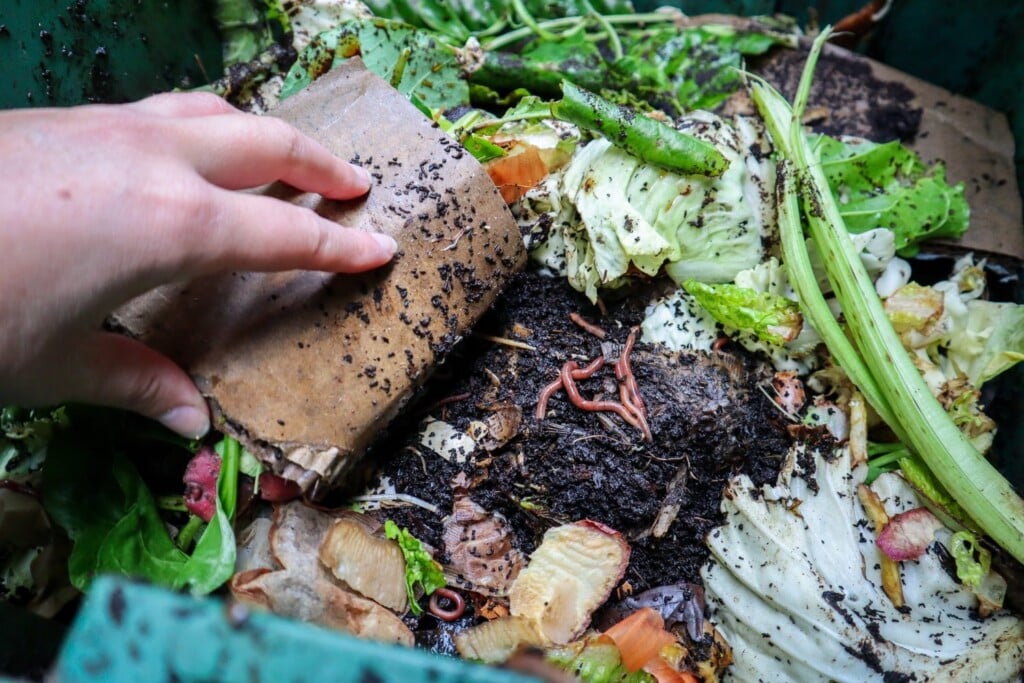
5. Water your Worms
Worms like a moist environment of around 70% moisture, so it’s important to give your worms a regular drink. Keep a damp sheet of cardboard, hessian sack, or newspaper on top of the food scraps to retain moisture and regulate temperatures. This also acts as a slow-releasing food source.
6. How to care for Worms when you go on Holiday
If you are going away for a few weeks your worms should be fine if you get them prepared. Flush water from the top tray, add plenty of food and some slow-release food such as pea straw, hay, and place some layers of wet newspaper or cardboard on top. This will help keep the worms nice and moist. If you are worried or going away for longer ask someone to stop by and feed your worms.
How to harvest the Worm Tea and Worm Castings?
The by-products of worms are both castings and worm tea. Castings are the worm poo which is your food scraps converted into soil. Add scoops of worm castings to your garden beds to feed and enrich the soil. Warm castings are quite concentrated so it’s best to mix this through with other soil first.
Once the worm bin starts to fill up with worm castings and the worms start trying to get out it may be time to change the bins over. Depending on the size of your worm farm and the population of worms this can be done 2-4 times a year. The active worm bin should be in the top layer so it is time to move this down and place an empty bin on top. Lift out as much of the uneaten food as possible and add it to the empty tub. Put in some fresh food and bedding and pour water over the top to moisten it all down. The worms will start to come up to the top layer to access the food and leave the bin of castings behind.
This may take a while for the worms to move up depending on how much uneaten food is left behind and how dense the population of worms is.
If you don’t have multiple layers in your worm farm another way to harvest the castings is to tip it all out onto some cardboard. The worms don’t like sunlight so they will move to the bottom of the pile and you can harvest off the top layer before putting the worms back in.
Worm tea can be watered down 10:1, especially on young seedlings but we also use a much more concentrated version of 50:50 on fruit trees. Just be careful when using it around young plants as they will be more sensitive, that’s when I would water it down more. Like with everything in the garden, when you are unsure or just starting out do sections and test it out first.
Use the worm tea within a month or two as you want to ensure the living organisms stay alive as that is the key to healthy soil!
If you have extra worm concentrate, bottle it up for gifts or this could be a great little side hustle for kids to sell.
